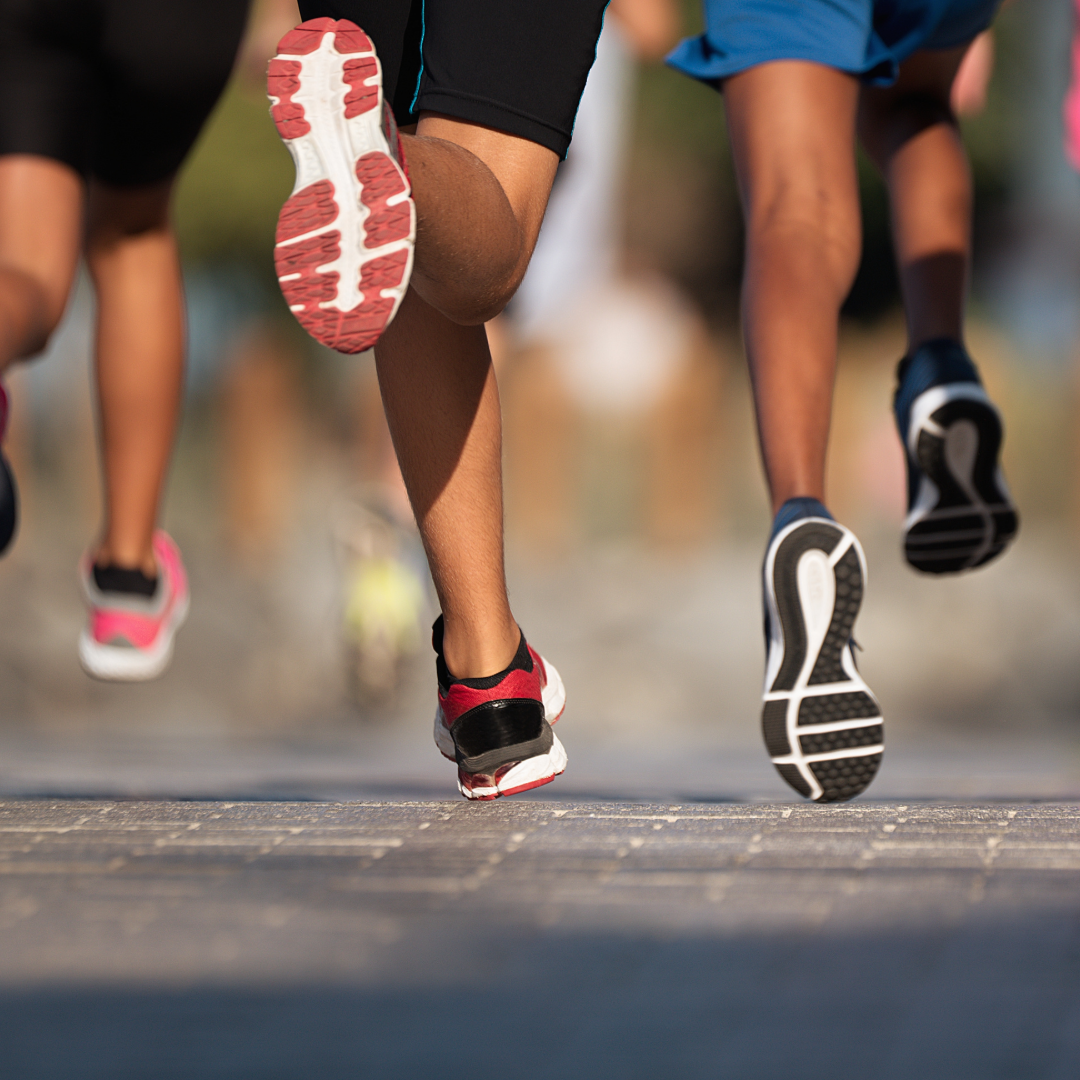Keep Running Without Pain and Maintain Function
Running can be one of the most invigorating ways to stay active and maintain your health. However, as runners, many of us know the frustration of aches and pains that creep in, limiting our ability to keep moving forward. Whether you’re just starting your running journey or preparing for your next marathon, avoiding injuries and maintaining function is essential.
This guide explores some common issues runners face and provides expert tips on how to prevent pain while maximizing performance. With insights from Craig Griebel, DPT, along with simple therapeutic movement strategies, you’ll feel equipped to run better, recover effectively, and stay injury-free.
Why Prevention is Key
If pain is keeping you from running, don’t shrug it off. While rest might seem like the natural response, untreated pain can lead to chronic discomfort and costly medical interventions down the road. Early intervention is a game-changer. By addressing underlying problems as they arise, you can keep your body in peak condition and avoid disruptions in your routine.
At Curnyn Physical Therapy, we see firsthand how effective targeted strategies are at addressing common running-related issues. Below, Craig Griebel, DPT, shares his expert advice for keeping runners moving with confidence.
1. Prioritize Hip Stability to Protect Your Knees
One of the most common complaints among runners is knee pain. Often, this happens because of overloading on the knee joint, particularly for those new to running or increasing mileage too quickly. What many don’t realize is the importance of building hip stability to alleviate stress on the knees.
Craig recalls working with a long-distance runner who saw remarkable improvements after introducing just a few core exercises into their routine. Within two weeks, simple movements like prone hip extensions, clamshells, and VMO (vastus medialis oblique) leg raises significantly reduced knee discomfort.
Why does this work?
When the hips are strong and stable, they better support the alignment and movement patterns of the knees. Without proper hip engagement, the knees may take on excessive force during running, leading to pain and potential injury.
Try this:
Include 2–3 sets of clamshells and prone hip extensions in your weekly therapeutic movement plan. These short, simple exercises can create a solid foundation for knee health.
2. Understand “Tight Hamstrings” Might Not Be What You Think
“Tight hamstrings” is one of the most frequent complaints we hear from runners. But in many cases, the real culprit isn’t the hamstring itself. More often, it’s sciatic nerve tension masquerading as tightness. The sciatic nerve runs from the lower back through the hips and down the legs. When this nerve is irritated, it can create sensations similar to hamstring tightness.
A simple self-assessment called the slump test is a quick way to determine if your sciatic nerve is contributing to your discomfort (be sure to consult a professional if you're unsure).
The solution? Nerve flossing exercises. These gentle movements help relieve tension in the sciatic nerve, decreasing post-run soreness and increasing comfort during daily activities.
Try this:
Perform a nerve flossing exercise like a supine leg raise against a wall. Gently move your raised leg in a controlled manner. This releases sciatic nerve tension, increasing mobility and comfort.
3. Take Baby Steps to Build Long-Term Success
We all get excited when we start running or set a new goal, but going all-in too quickly can lead to burnout or injury. Craig often uses the “baby step” method to help his patients ease into running while avoiding unnecessary pain.
Inspired by a few Navy SEALs he worked with, Craig recommends measuring your progress incrementally. One of their methods involved running to the next streetlight each day, gradually increasing distance in tiny increments. While these steps seem small at first, consistency allows for substantial mileage gains over time.
Why does this work?
Gradually increasing your workload prevents overloading your muscles and joints. This approach not only keeps you physically healthy but also builds mental resilience, showing how manageable consistent progress can be.
Try this:
Set small, achievable goals for every run. Even if it’s just adding one more street or a few extra minutes, it’s the little steps that add up to big victories.
4. Listen to Your Body
Perhaps one of the most critical pieces of advice is learning to listen to the signals your body is sending you. Pain often acts as a warning light, letting you know that something isn’t working as it should. Instead of pushing through, take a step back and consider speaking with a professional physical therapist.
Remember, running without pain is possible, but ignoring issues can lead to complications.
At Curnyn Physical Therapy, we believe in empowering runners to understand their unique needs. Early intervention not only prevents further damage but also speeds up recovery time so you can get back to doing what you love.
Core Benefits of Physical Therapy for Runners
Working with a physical therapist offers numerous benefits to runners, including:
Personalized support tailored to your body and running goals.
Expert identification of underlying issues, helping address problems before they escalate.
Comprehensive movement plans to aid recovery and improve function.
Faster recovery times so you can return to running feeling stronger.
Craig Griebel, DPT, understands the unique challenges runners face firsthand. His active lifestyle informs a compassionate, effective approach to treatment that ensures you feel supported throughout your recovery or performance-boosting goals.
Start Running Pain-Free Today
Every runner deserves to feel the joy of the open road without being held back by pain or discomfort. Whether you’re dealing with nagging knee pain, unexplained tightness, or looking to improve your running technique, physical therapy is a game-changing tool to keep you moving.
If pain has been affecting your performance or motivation, don't wait any longer. Start your pain-free running journey today with expert help from Curnyn Physical Therapy. Together, we’ll build a foundation for lifelong health and movement.



